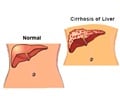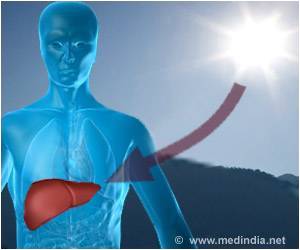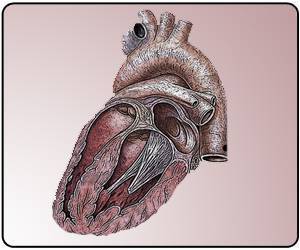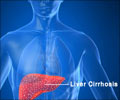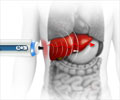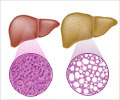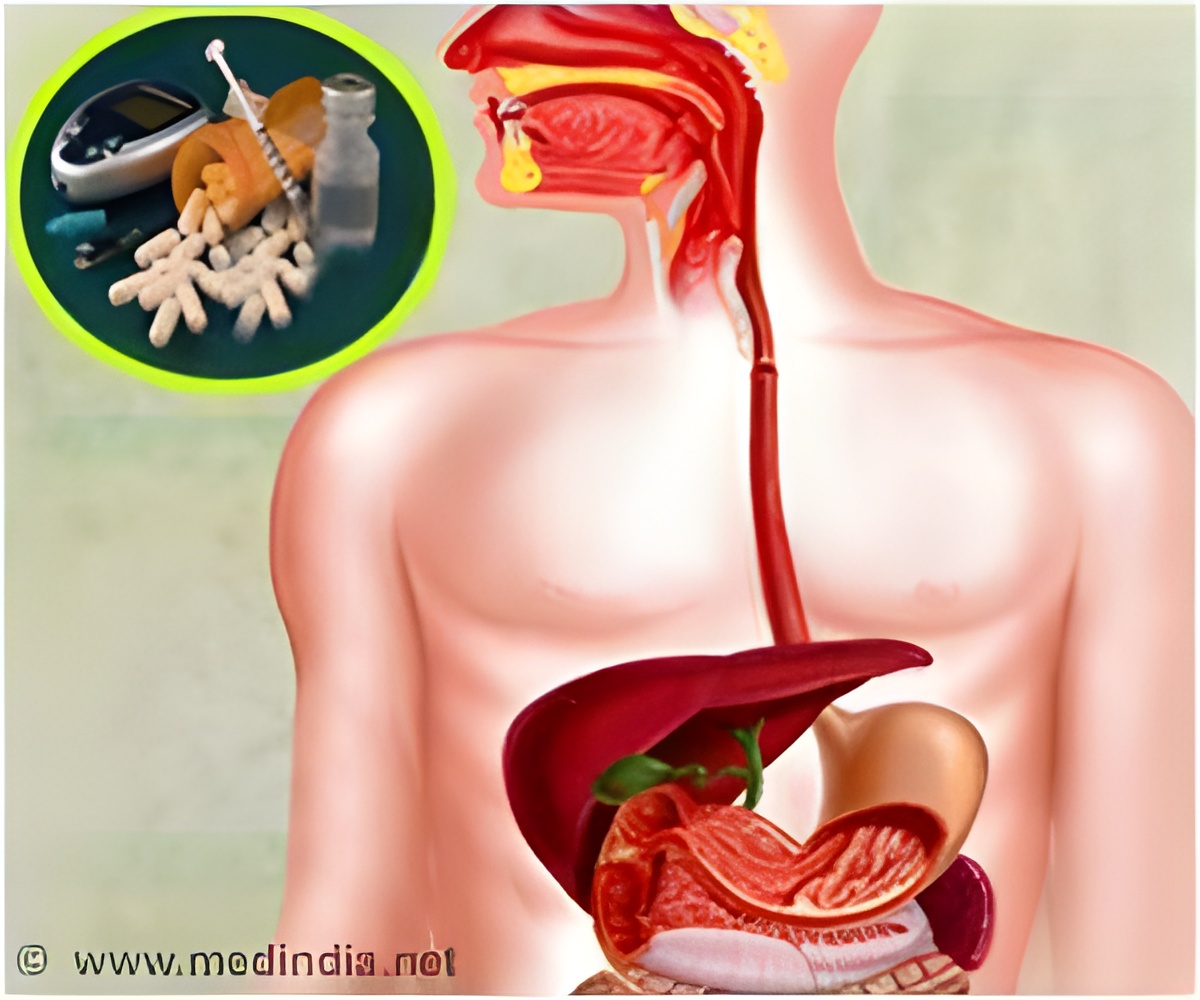
The retrospective study is the first of its kind in detailing the characteristics of a large number of lean patients with NAFLD. The study examined more than 20 years' worth of clinical and laboratory data of more than 1,000 patients with biopsy-confirmed NAFLD. Lean patients had an average BMI of 23 and the non-lean group had an average BMI of 33.
The lean group had significantly less insulin resistance as well as lower levels of a liver enzyme called alanine aminotransferase (ALT) that correlates with liver damage. And while lean patients had a lower degree of fatty deposits on the liver and less advanced fibrosis, these patients showed more severe inflammation of the liver.
Of the 1,090 patients, liver biopsy was done before 2005 in 483 patients. In this subgroup, nine of the 32 (28 percent) lean patients died compared to 62 of the 451 (14 percent) overweight or obese patients. In examining the specific cause of mortality, researchers did not find any differences between the two groups.
"About 30 percent of the U.S. population suffers from NAFLD, and the prevalence of this condition is increasing. Although we often associate fatty liver disease with obese patients, these results suggest that possible signs of liver disease secondary to NAFLD in lean patients should be taken very seriously," said Dr. Angulo.
Dr. Angulo and his team plan to expand on their findings about this specific patient population by examining data beyond BMI, including fat distribution and differences in cell signaling proteins, such as cytokine and adipokine profiles. They also plan to include patients who have not yet had a liver biopsy.
Advertisement
Source-Eurekalert

